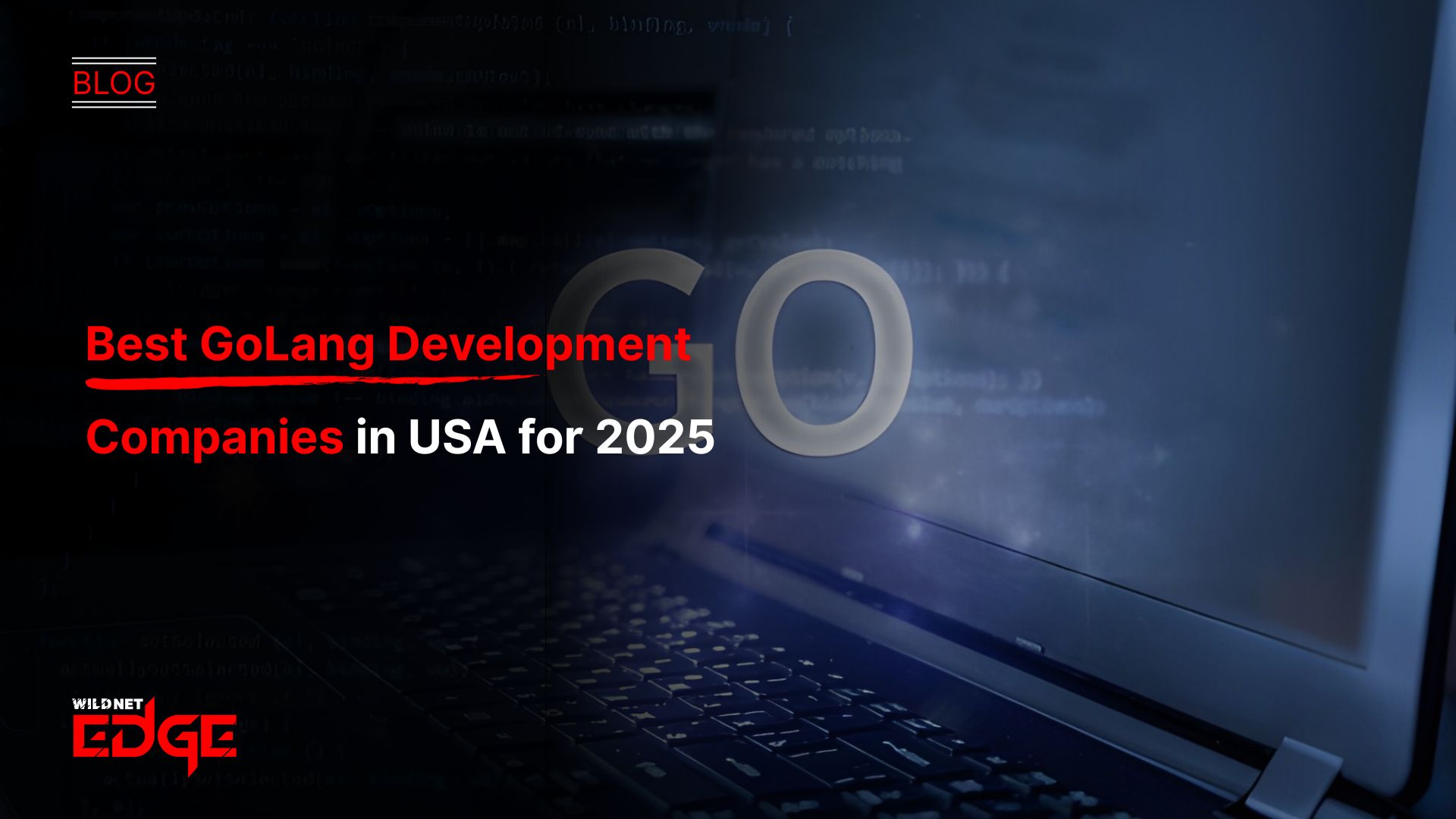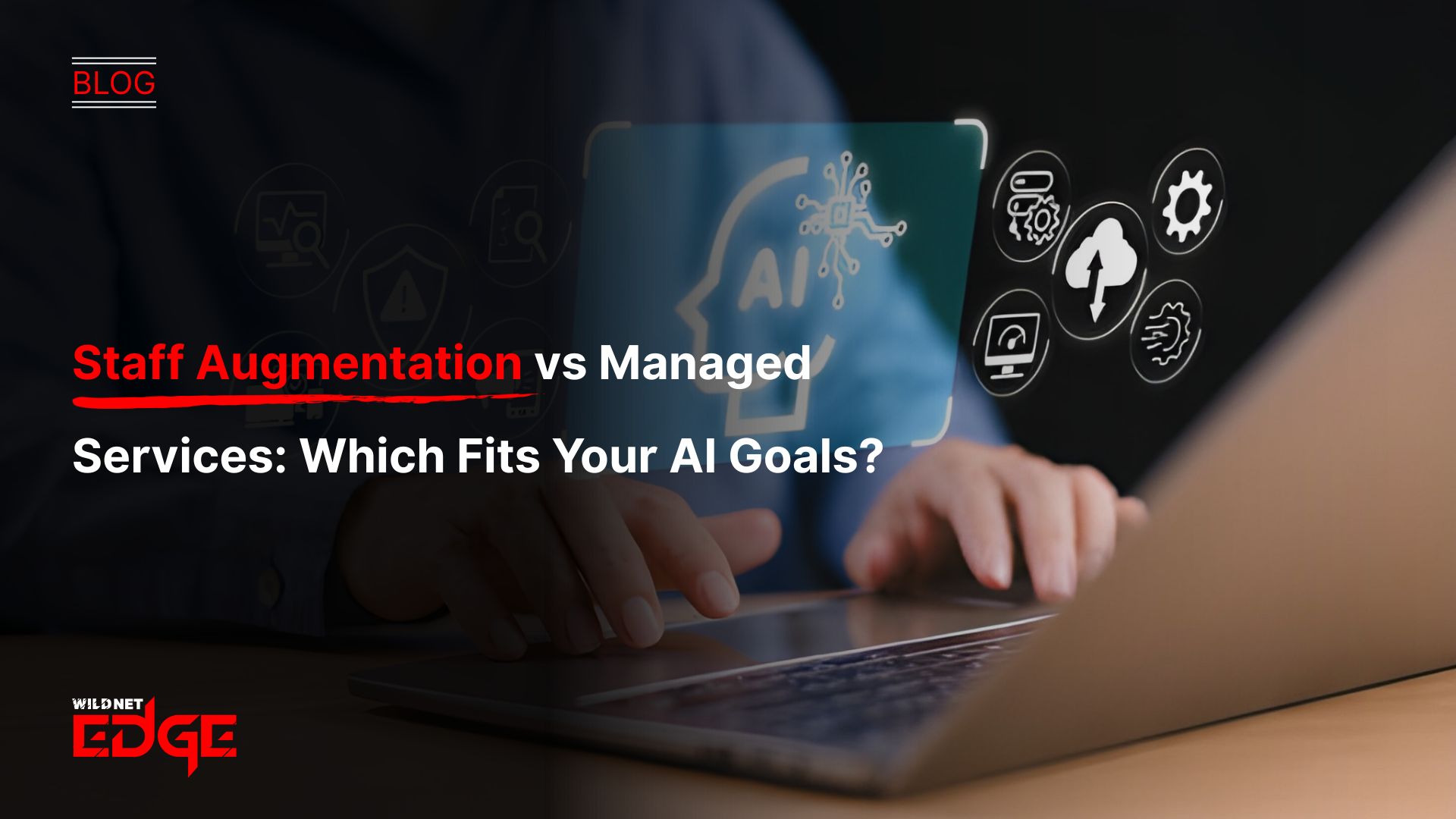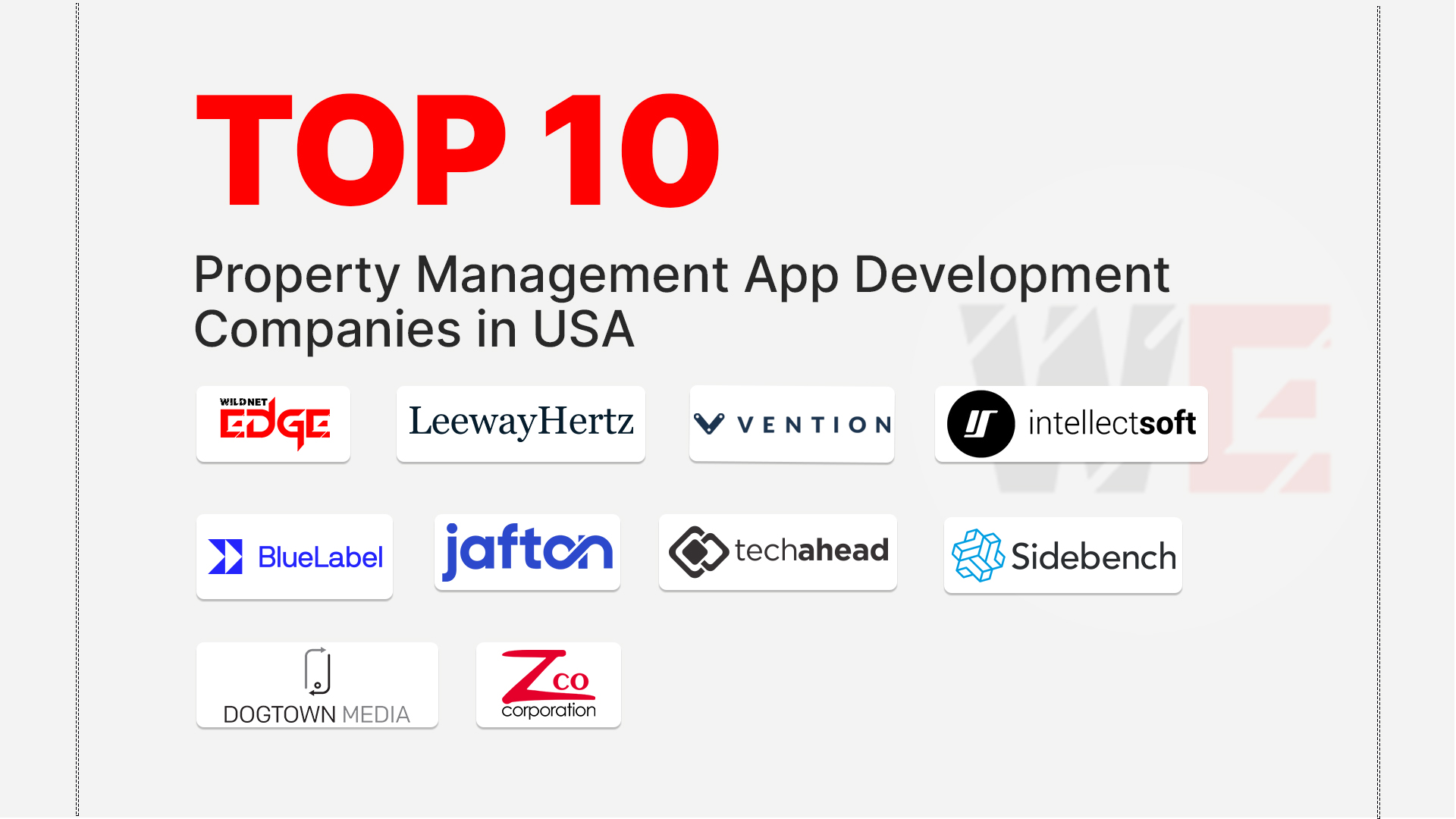TL;DR
The cloud infrastructure is evolving rapidly, and staying current is key to business success. This guide breaks down the five most important cloud infrastructure trends for 2025. The article explores FinOps, serverless computing, and multi-cloud strategies. Furthermore, the blog covers the rise of accessible AI/ML platforms that are democratizing artificial intelligence for all businesses and edge computing.
The cloud is no longer just a place to store data; it is the engine of modern business. However, the cloud itself is constantly evolving. The strategies that worked a few years ago might not be the most effective today. For business leaders, staying on top of the latest cloud infrastructure trends is essential for driving innovation, managing costs, and gaining a competitive edge. This guide will break down the top five trends you need to know for 2025 and beyond.
Why Cloud Infrastructure Trends Matter for Your Business
Understanding these trends is a strategic business conversation, not just a technical one. The right cloud strategy can dramatically reduce your operational costs, improve your security, and allow you to launch new products and features faster than your competition. On the other hand, ignoring these shifts can lead to bloated budgets and outdated systems that hold your business back.
By embracing modern cloud practices, you can build a more resilient, scalable, and efficient organization. This allows you to respond quickly to market changes and focus your resources on what truly matters: serving your customers and growing your business.
The Top 5 Cloud Infrastructure Trends for 2025
Here are the key shifts that are shaping how businesses use the cloud.
1. FinOps: The Rise of Cloud Financial Management
As cloud usage grows, so does the monthly bill. FinOps is a cultural practice that brings financial accountability to your cloud spending. It’s about getting the most business value from every dollar you spend. Instead of just trying to cut costs, FinOps focuses on smart spending. For instance, teams are empowered to make decisions that balance speed and cost. This approach helps you avoid bill shock and ensures your cloud investment is directly tied to your business goals.
2. Serverless Computing Becomes the Default
Next is serverless computing. This means you don’t have to manage servers. With a serverless model, your cloud provider handles all the infrastructure management. You simply upload your code, and it runs automatically when needed.
The main benefit is that you only pay for the exact compute time you use. As a result, this is incredibly cost-effective for applications with variable traffic. Serverless computing allows your developers to focus on writing code that delivers business value instead of patching servers. This is one of the most important cloud infrastructure trends for startups and enterprises.
3. Multi-Cloud and Hybrid Cloud Strategies Are Standard
Today, businesses are embracing multi-cloud strategies. This means using services from multiple public cloud providers like AWS, Azure, and Google Cloud. According to the Flexera 2023 State of the Cloud Report, 87% of enterprises have a multi-cloud strategy. This approach allows you to pick the best service for the job from each provider and avoid vendor lock-in.
- Multi-Cloud: Using multiple public clouds.
- Hybrid Cloud: Combining a public cloud with a private data center.
This flexibility is key to building resilient and cost-effective systems that reflect current cloud infrastructure trends.
Future-Proof Your Business with Modern Cloud Solutions
Leverage our latest cloud infrastructure trends to build a more efficient, scalable, and cost-effective foundation for your business.
Optimize Your Cloud Strategy Today!
4. AI and Machine Learning Platforms as a Service
Artificial intelligence is a huge competitive advantage, but building the underlying infrastructure can be complex and expensive. Cloud providers are now offering powerful AI and Machine Learning platforms as a service. These platforms make it much easier and faster for businesses to build, train, and deploy custom AI models. Consequently, you can leverage AI for things like personalized product recommendations or predictive maintenance without needing a team of PhDs.
5. Edge Computing Gains Momentum
Edge computing is moving data processing closer to where the data is actually created. Instead of sending all data from a smart device or a retail store to a central cloud, it is processed locally on an “edge” device. This dramatically reduces latency and is essential for applications that need real-time responses, like IoT devices in a factory or interactive displays in a store. It is one of the key cloud infrastructure trends for businesses with a physical presence.
Our Cloud Services in Action: Case Studies
Case Study 1: A FinTech Startup’s Multi-Cloud Strategy
- The Challenge: A fast-growing FinTech company needed to ensure its platform was always available and could meet strict regulatory compliance rules in different countries. Relying on a single cloud provider was too risky.
- Our Solution: We helped them design and implement one of the most effective multi-cloud strategies. Their core application ran on AWS for its robust database services, while they used Google Cloud for its advanced data analytics and AI capabilities. This allowed them to meet compliance rules and use the best tools for each task.
- The Result: The company achieved 99.999% uptime and was able to expand into new international markets with ease. Their development team also reported higher productivity by having access to the best services from both providers.
Case Study 2: An eCommerce Brand’s Move to Serverless
- The Challenge: An online retailer was struggling with huge traffic spikes during holiday sales. Their traditional server setup was expensive to maintain and would often crash during peak demand, leading to lost sales.
- Our Solution: We re-architected their backend using a serverless computing model. The new system could automatically scale from handling a few users to millions of users in seconds, without any manual intervention.
- The Result: The brand had its most successful holiday season ever with zero downtime. In addition, their monthly cloud bill was reduced by 40% during off-peak months because they were no longer paying for idle servers. This is a common success story for our clients who need a leading SaaS Development Company.
Technology Stack for Modern Cloud Solutions
We use a suite of powerful, industry-leading tools to build and manage robust cloud environments. These are central to our Cloud Infrastructure Services.
- Cloud Platforms: Amazon Web Services (AWS), Microsoft Azure, Google Cloud Platform (GCP)
- Infrastructure as Code: Terraform, AWS CloudFormation
- Containerization: Docker, Kubernetes
- Serverless Frameworks: AWS Lambda, Google Cloud Functions, Azure Functions
- CI/CD & DevOps: Jenkins, GitLab CI, Azure DevOps
Conclusion
In short, the cloud is moving faster than ever. The key cloud infrastructure trends for 2025 are all about being smarter, more flexible, and more financially responsible. By embracing concepts like serverless computing and multi-cloud strategies, you can build a significant competitive advantage. At Wildnet Edge, our AI-first approach to our Software Development Solutions means we don’t just build for the cloud; we build intelligent systems on the cloud. We help you leverage these trends to create truly smart, data-driven applications that are ready for the future.
FAQs
The ROI is significant. It comes from lower operational costs, reduced risk of downtime, and faster time-to-market for new products and features, which directly drives revenue.
For most businesses, FinOps and serverless computing will have the most immediate and direct impact on reducing costs. A disciplined FinOps practice can often cut cloud spending by 15-30% without impacting performance.
For many businesses, yes. The primary benefits of multi-cloud strategies are avoiding vendor lock-in, increasing resilience against outages, and having the flexibility to choose the most cost-effective or feature-rich service for each specific workload.
Each trend has its own security considerations. For example, in a serverless environment, you need to focus on securing your code and its permissions. For multi-cloud, you need a centralized security policy that works across all providers. Partnering with expert DevOps Services is key to managing these risks.
Your team will need to shift its focus. Instead of managing servers, they will focus more on application architecture, code quality, and security. It requires a different skillset, but one that is more closely aligned with delivering direct business value.
Our AI-first approach perfectly complements the trend of AI/ML platforms. We don’t just help you use these cloud services; we help you design and build the intelligent applications that run on them. We turn the powerful tools provided by the cloud into real-world business solutions.
The first step is a cloud readiness assessment. We’ll analyze your current infrastructure, your business goals, and your spending. Based on this, we can create a clear roadmap to help you adopt the cloud infrastructure trends that will provide the most value for your specific business.

Nitin Agarwal is a veteran in custom software development. He is fascinated by how software can turn ideas into real-world solutions. With extensive experience designing scalable and efficient systems, he focuses on creating software that delivers tangible results. Nitin enjoys exploring emerging technologies, taking on challenging projects, and mentoring teams to bring ideas to life. He believes that good software is not just about code; it’s about understanding problems and creating value for users. For him, great software combines thoughtful design, clever engineering, and a clear understanding of the problems it’s meant to solve.
 sales@wildnetedge.com
sales@wildnetedge.com +1 (212) 901 8616
+1 (212) 901 8616 +1 (437) 225-7733
+1 (437) 225-7733































